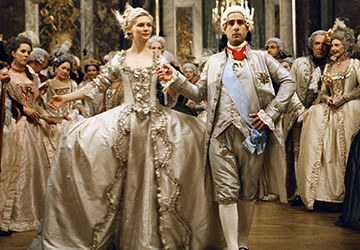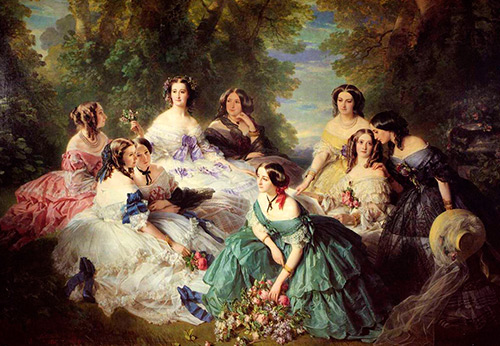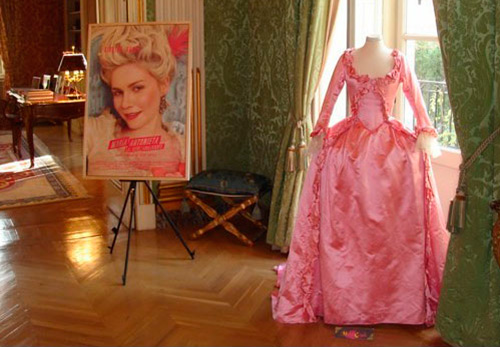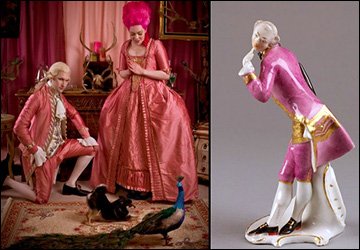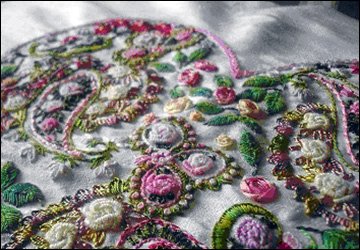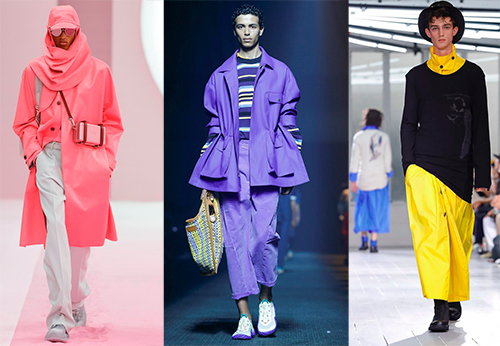Art
Rococo style in clothing and gentle rococo fashion (18th century)
Fashion of the 18th century is a fashion for youth, luxury and carelessness. Rococo fashion - this is the fashion of the last carefree years of the French aristocracy, and of the aristocracy of all of Europe as well. The 19th century will go down in history as a century of revolutions, one of the first, at the end of the 18th century, its crown, and at the same time the French king will lose his head.
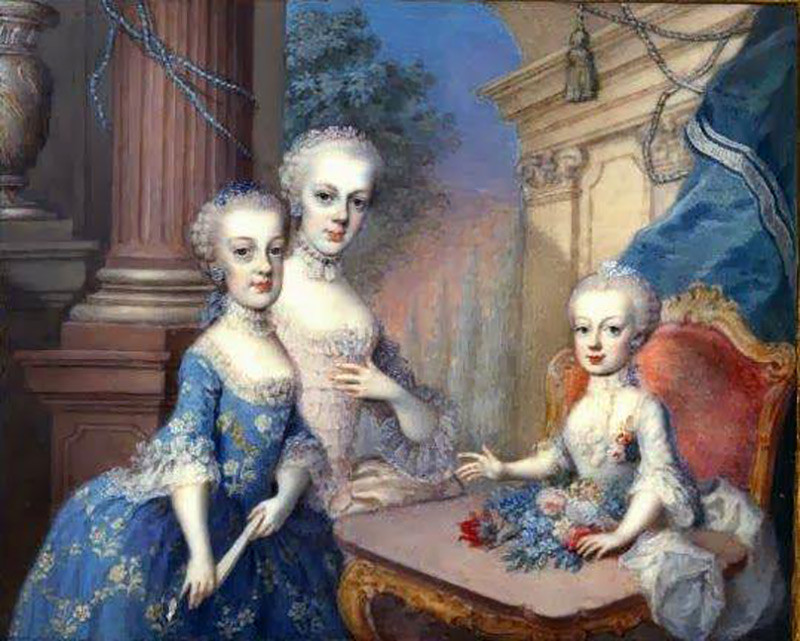
Miniature depicting Marie Antoinette (seated on the right) and her sisters
Marie Antoinette - the last French queen, the trendsetter in the Rococo style
But while the XVIII century, the time of balls and salons. The time of dresses with incredibly fluffy skirts, in such dresses it is difficult to go through doorways, and unimaginably high hairstyles. With such hairstyles, sometimes you have to ride in open carriages, since the roofs of the carriages are small for Rococo hairstyles. In the end, at this time, a whole ship could be worn on the head.
As for the costumes, the fashion of the 18th century in clothing adhered to three main principles:
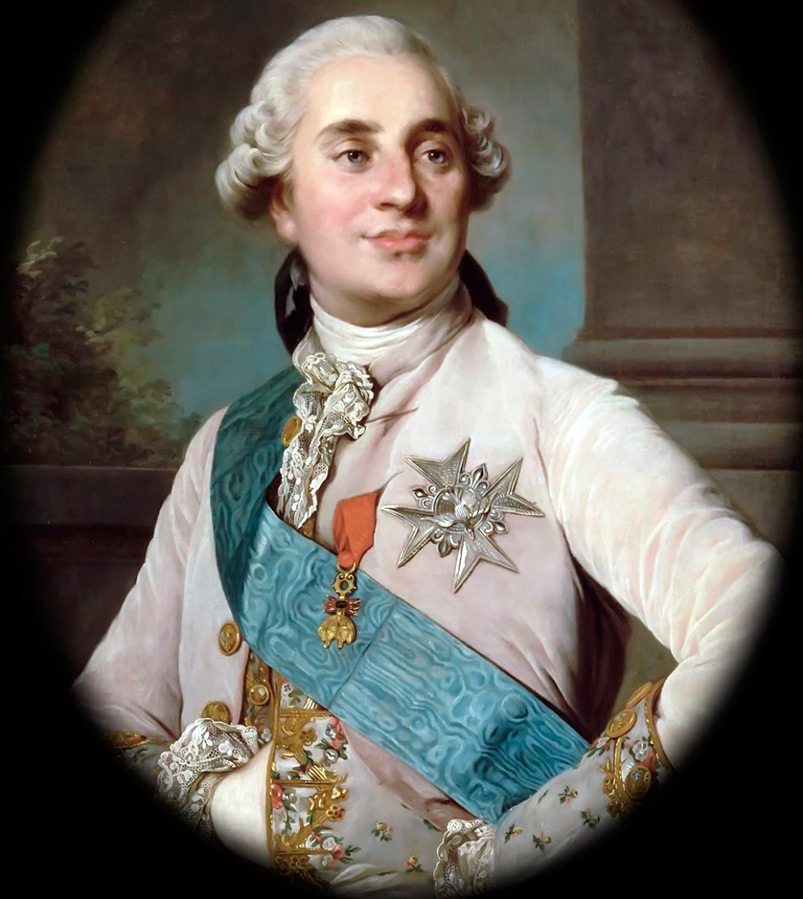
Portrait of Louis XVI - husband of Marie Antoinette, the last king of France (before the French Revolution)
The first is youth. Both men and women had to look as young as possible. Men did not wear beards or mustaches. Whitewashed and blushed faces. They put little ones on their heads wigs with haircollected in small tails or knots.
Women tightened their waist with corsets as much as possible, and small breasts were also considered beautiful at this time. There were even special planes that women put under the bodice of a dress in order to reduce their breasts. The faces were whitened and flushed, the eyes and lips stood out. As before, as in the 17th century, artificial moles-flies were worn.
By the way, in the 17th century, at the French court, on the contrary, lush female forms were valued - a lush chest, rounded hips, but at the same time a thin waist. The 17th century can be called the time when a mature woman was considered the standard of beauty, the 18th century is the opposite, now the ideal of beauty is a young girl.
The same thing happened with the colors of the clothes. If in the 17th century saturated dark blue and red prevailed, then in the 18th century both men's and women's suits were sewn from fabrics of pastel shades. And this is the second principle of 18th century fashion - your clothes should be in the most delicate colors possible: light green, white, pink, blue. Blue and pink were the favorite colors of the Rococo style.

Portrait of Francois Boucher - French painter of the 18th century
The third principle is as many bows, ribbons and lace as possible. And especially in a man's suit. Both in the 17th century and in the 18th century, French fashion, as never before and never later, brought the men's suit closer in its decorativeness, silhouette and complexity to the women's one. Men not only wore makeup, they also wore bows, lace, and stockings.
To look like a man in the 18th century meant wearing a white undershirt with lace cuffs, stockings, top short pants (culottes) decorated with bows, shoes with heels and a bow on the toe.
Outerwear was originally a justocor, which came in the XVIII century from the XVII century. Justocor is a long men's caftan, sewn to the figure, without a collar (the lace collar of the lower shirt was laid on it) and with pockets, decorated with a large number of buttons and belted with a wide belt.
A white neckerchief was worn with the Justocor - a prototype of a modern tie. In the Baroque period, in the 17th century style, the justocore was dark in color; in the Rococo period, they began to wear the blue and even pink justocore.
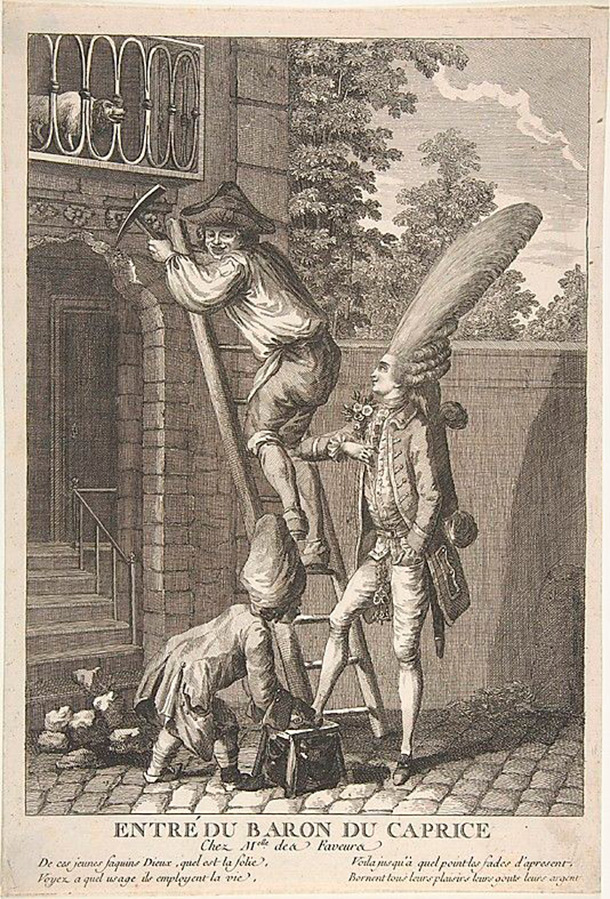
18th century caricature of tall hairstyles
However, a frock coat soon replaced the justocor. A fitted coat of the 18th century, widening towards the hips, with pleats and with a narrow line of shoulders and sleeves. The coat was sewn from velvet, satin, silk, decorated with embroidery and decorative buttons.
At the end of the 18th century, a new type of clothing appeared - a tailcoat.The first tailcoats were sewn from silk and velvet fabrics of various colors and were decorated with embroidery.
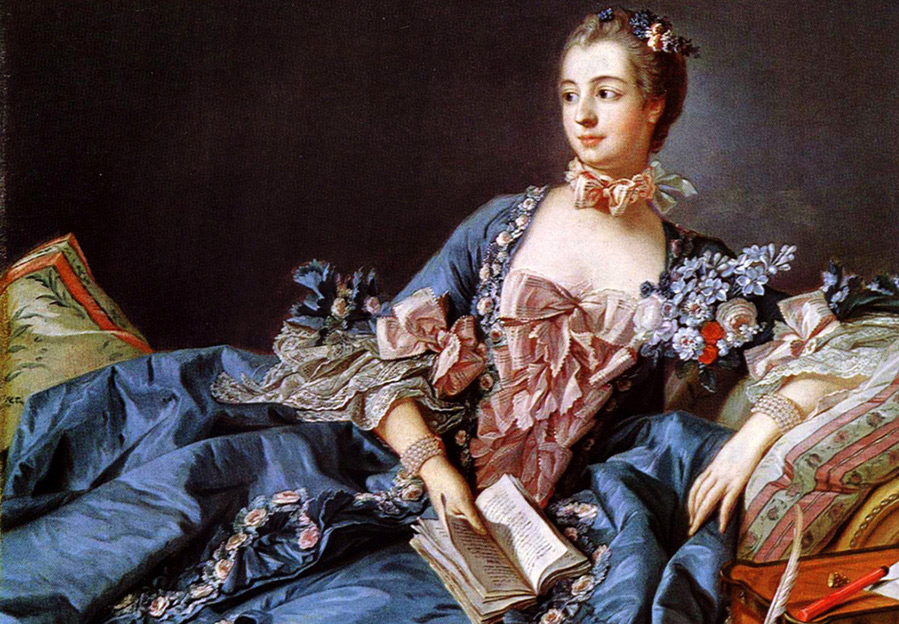
Francois Boucher. Portrait of the Marquise de Pompadour
Women also wear lace-trimmed undershirts. Then a whalebone corset and a frame under the skirt of the dress. The frames at this time are made on fizzy.
Figmas - a frame for a skirt in the form of sewn-in plates of a whalebone or willow twigs. It is believed that figs first appeared in England in 1711. By the middle of the 18th century, oval tans began to be worn under the petticoat, and a complex hinge mechanism for lifting the skirt appeared. The very wide doorway skirt can now be narrowed down and then straightened out again.
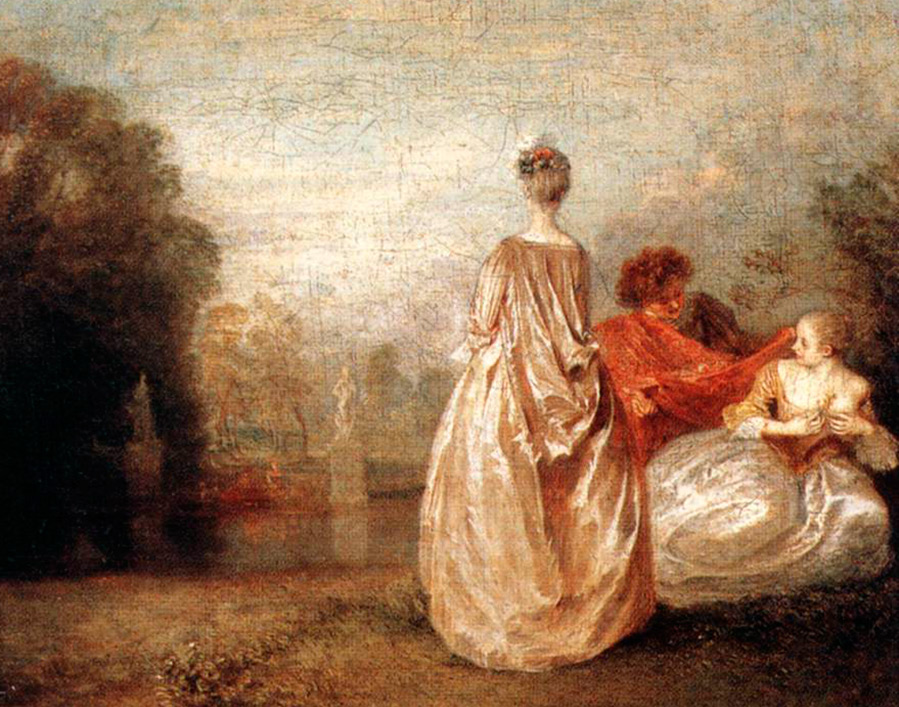
Antoine Watteau. Two cousins
Dress with "Watteau fold"
Various types of dresses appear. The kuntush dress is becoming the most fashionable. A kuntush dress (or a dress with a "Watteau fold") is a dress narrow in the shoulders with a rather large neckline, its main feature is wide folds ("Watteau folds") on the back of the dress.
These folds are named after the Rococo artist Watteau, in whose paintings you can find images of a kuntush dress. Also, this dress has sleeves typical of Rococo style dresses - narrow, widening to the elbow, decorated with a cascade of lush lace.
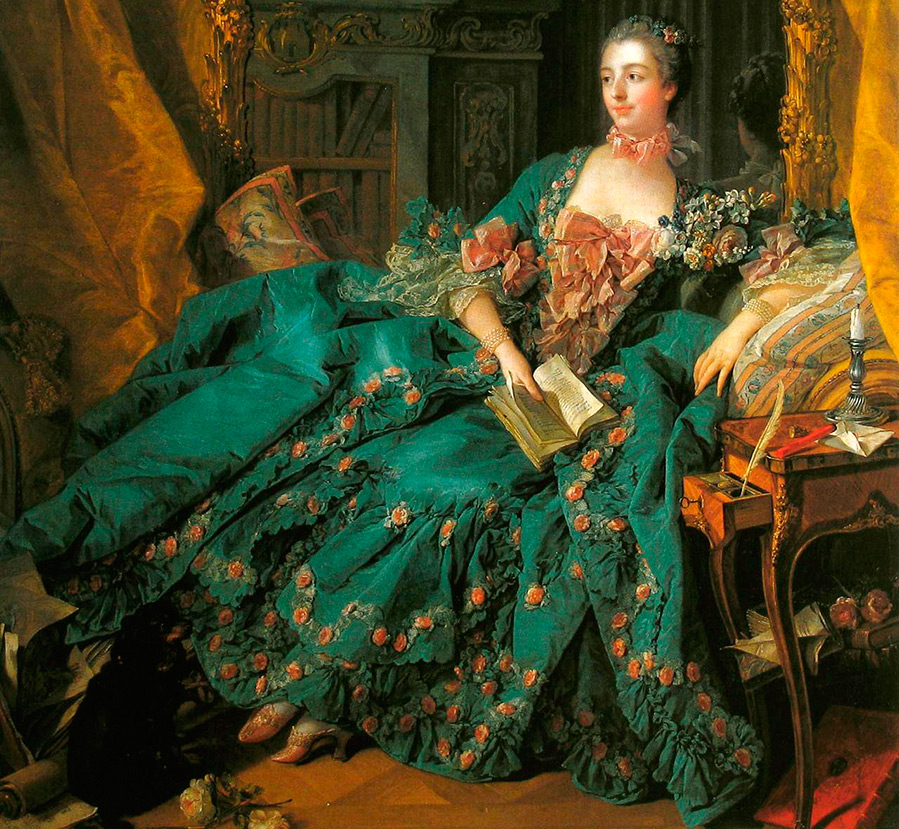
Francois Boucher. Portrait of the Marquise de Pompadour
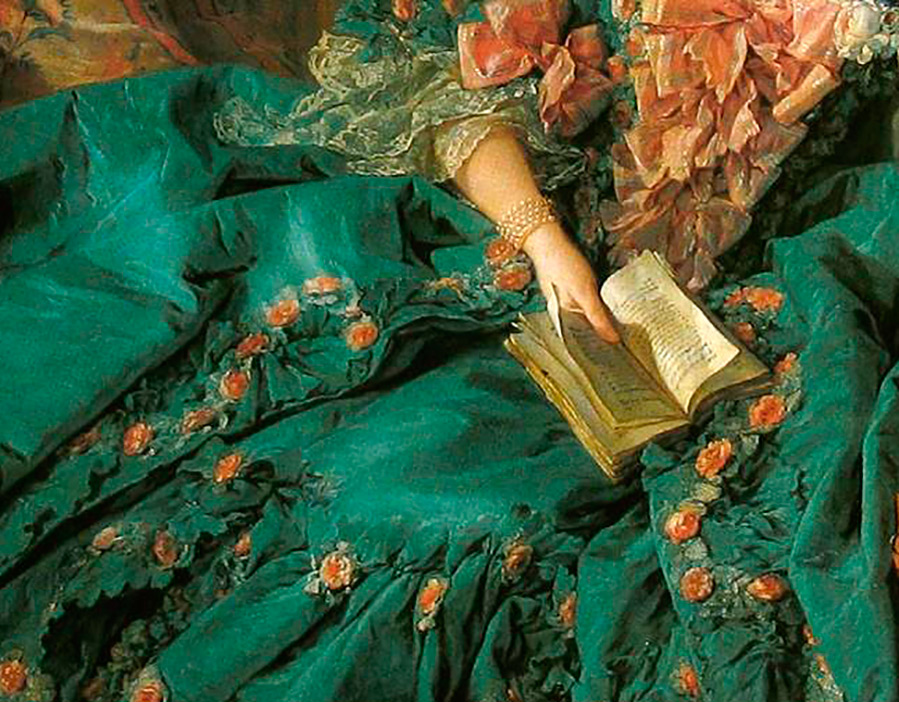
Details of the dress of the Marquise de Pompadour
Also in the 18th century, a negligee dress appears. Such a dress could be worn at home. Negligee was worn without a frame and a rigid corset. On top of it, they often wore a karako - a kind of women's tailcoat or a jacket with long sleeves, short folds and cuffs on the chest.
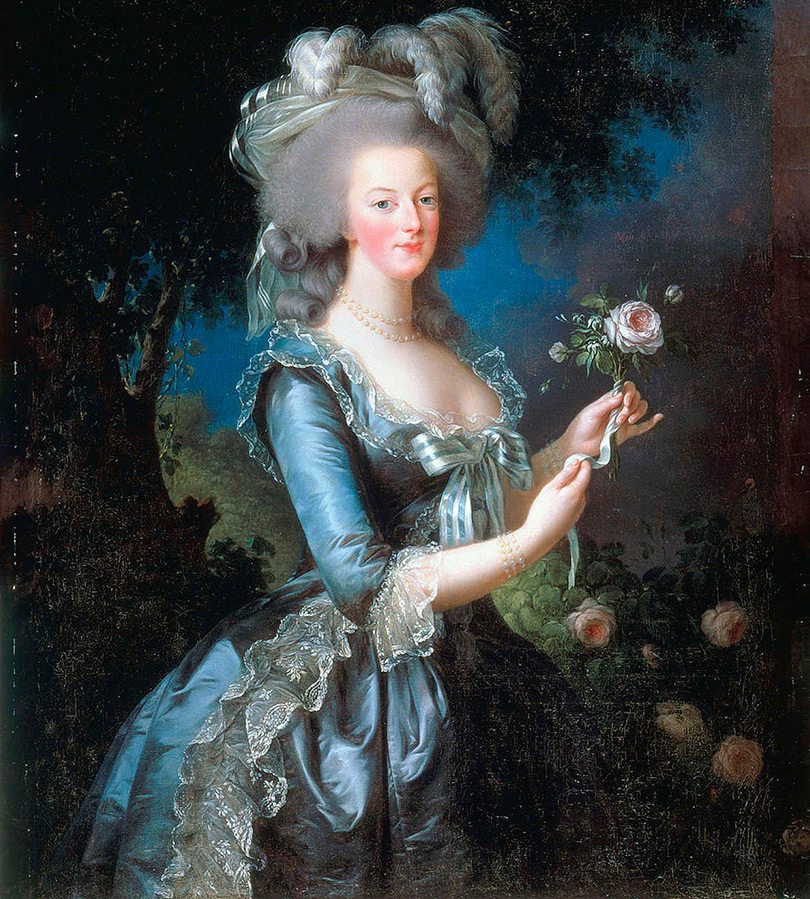
Portrait of Marie-Antoinette by her court painter Vigee-Lebrun
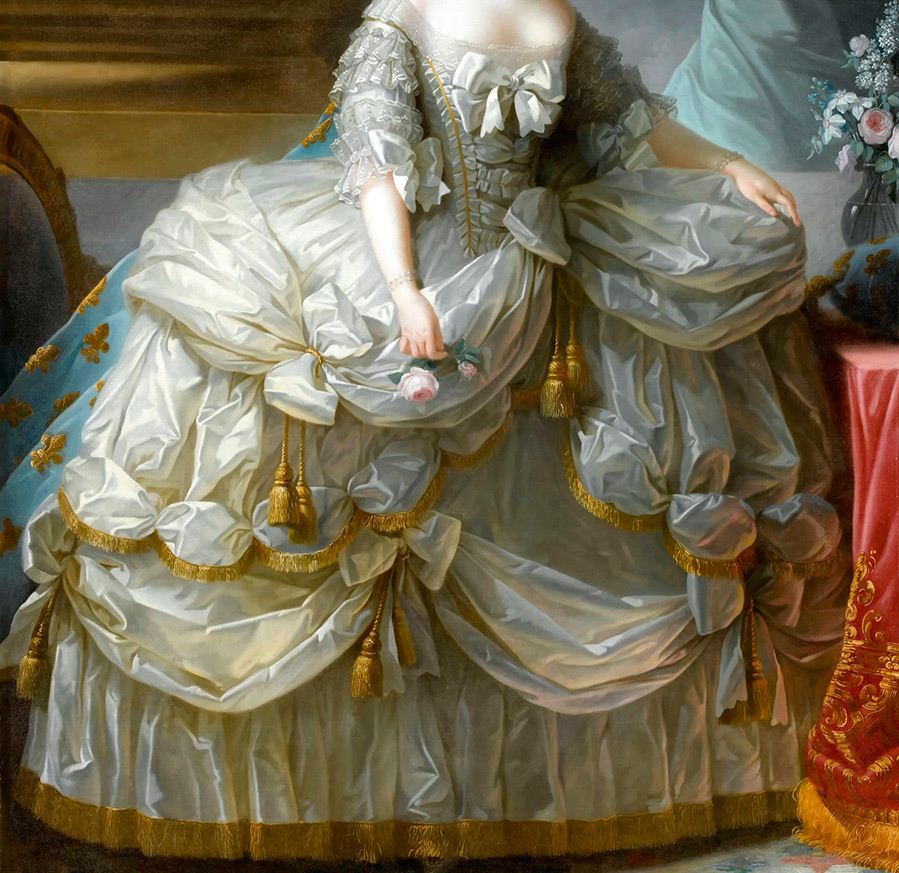
Details of Marie-Antoinette's dress (one of the portraits of Marie-Antoinette by Vigee-Lebrun)
At the end of the 18th century, England began to exert an increasing influence on fashion in Europe, including France. In the 19th century, England will displace France into the background and European fashion of the 19th century will be shaped by the influence of English fashion.
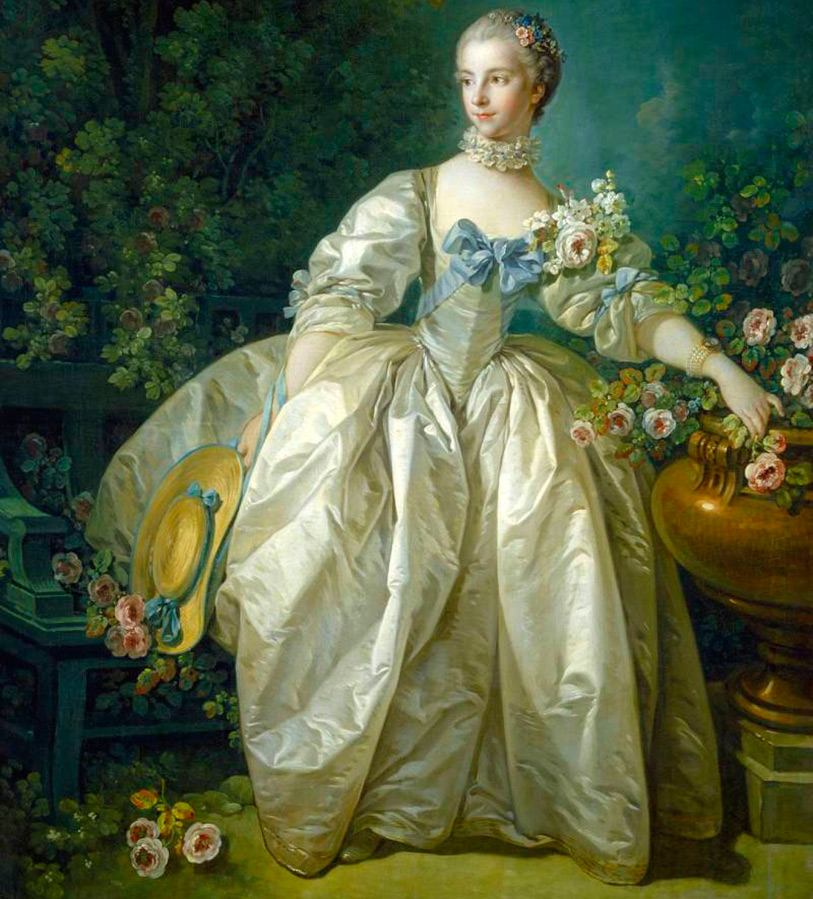
Francois Boucher. Portrait of Madame Bergeret
So, from England at the end of the 18th century, the fashion for polonaise dress comes to France. The polonaise dress was considered a morning dress, while it could be both home and formal. The hem of the polonaise dress was selected in the form of semicircles in such a way that the petticoat was visible from under it.
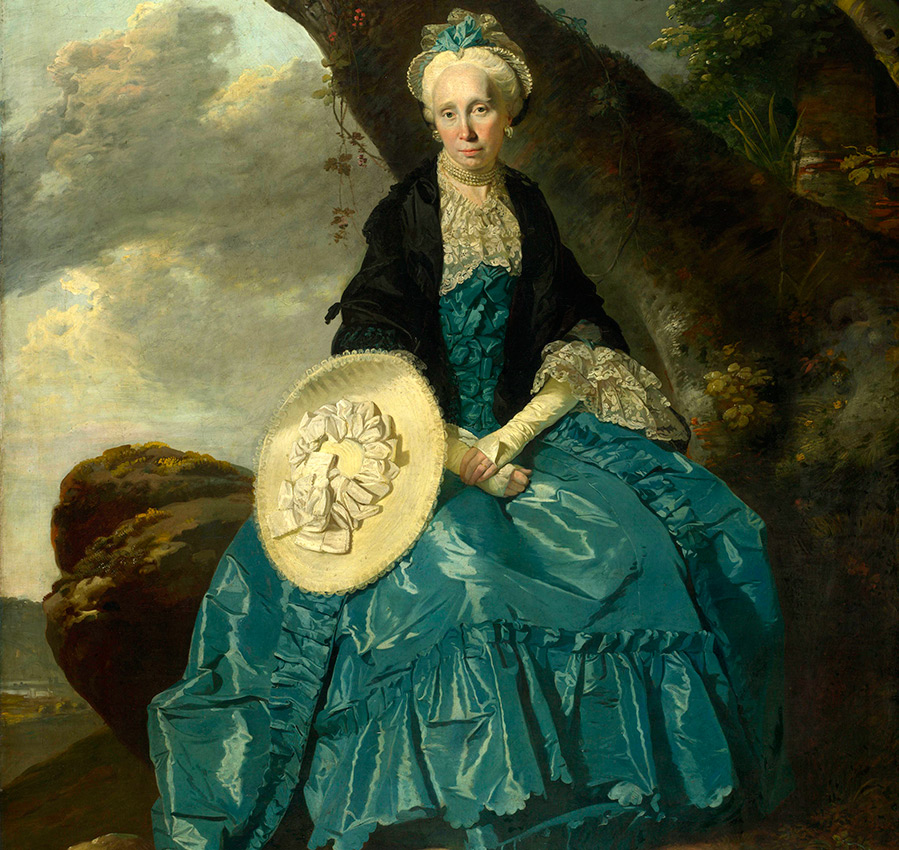
Portrait of Mrs. Oswald
Various accessories also played an important role in the women's rococo style costume - fans, ribbons that were tied around the neck, hats, combs and brooches, and handbags. For example, a handbag "pompadour", it got its name in honor of the favorite of the French king Madame de Pompadour. A pompadour handbag is a small handbag in the form of a velvet, cloth or lace bag.
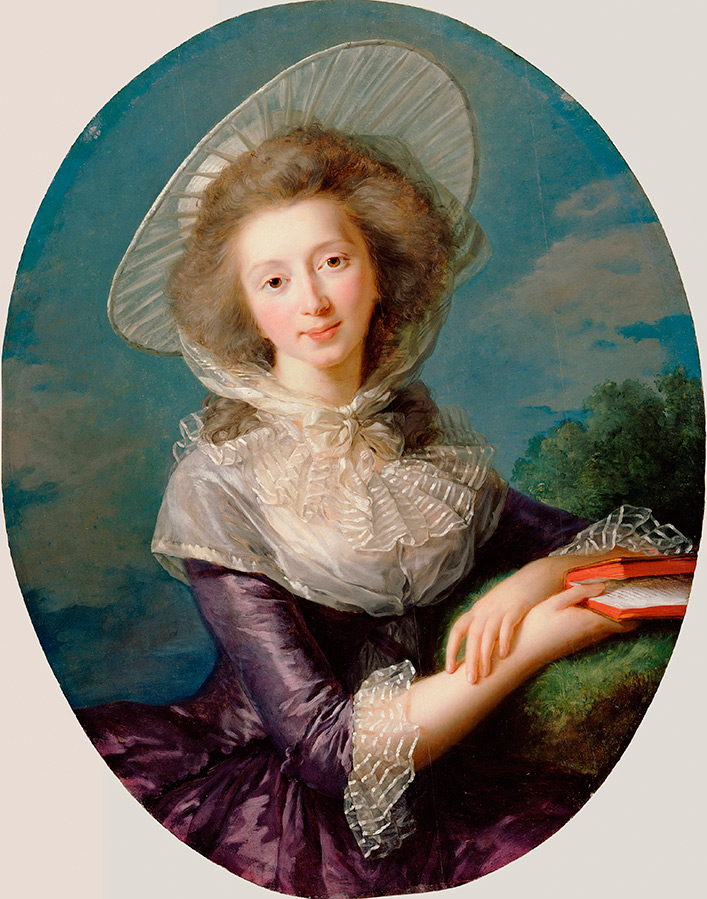
Vigee-Lebrun. Viscountess Vaudrey
The neckline of the dress is covered under the influence of English fashion
Also, ladies of the 18th century could wear very specific jewelry, for example, flea traps. Fleas were not uncommon at that time, and problems with hygiene in palaces have existed since the Middle Ages.
European aristocrats did not like to wash (and there were no conditions - there were no baths in the palaces) and therefore preferred to use perfumes in large quantities. So flea traps were both an ornament and a very necessary thing from a practical point of view. They looked like a fork with movable antennae. Secular ladies wore flea-catchers as an adornment around their necks.
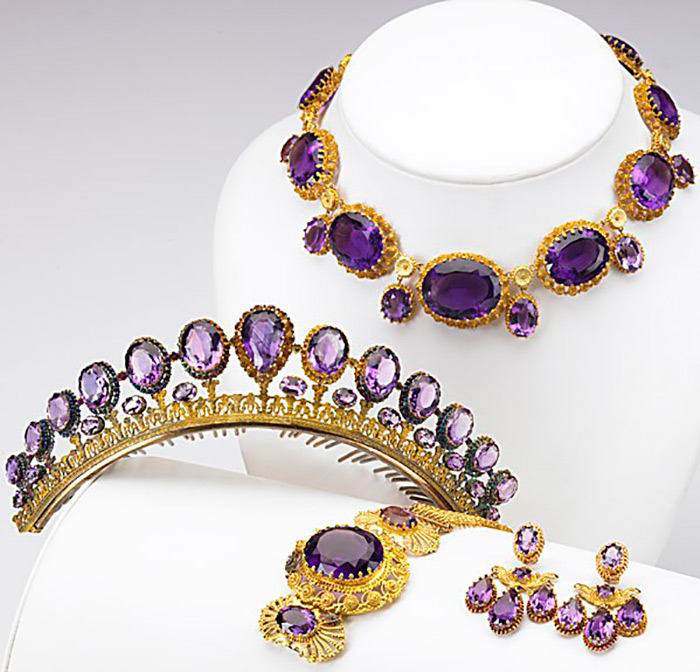
Marie Antoinette's Jewelry
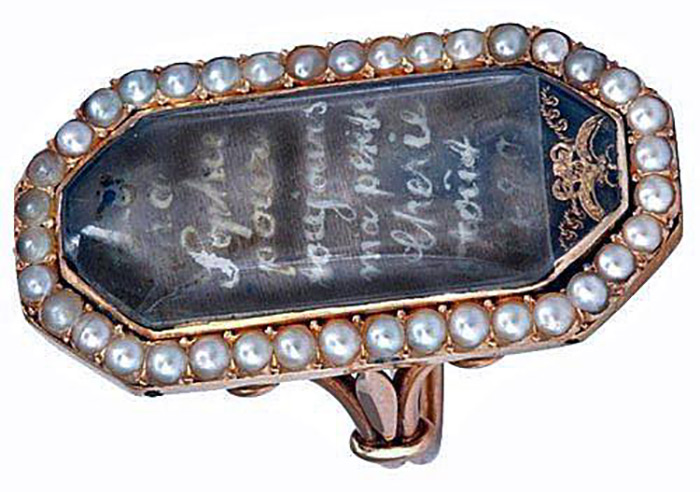
A ring given by Marie Antoinette to her daughter Sophie.
Comments and Reviews
Add a comment
Rating news
Shades of clothing that make women look younger
What shades of hair make women younger: rules and photos
Funny wedding dresses - photos and ideas
12 most expensive down jackets for the winter
How to look 25 at 40: tips from supermodels
Beautiful schoolgirls
Anti-aging haircuts and hairstyles for women
Fashionable skirts for autumn and winter
Fashionable women's trousers for the cold season
Fashionable and stylish sandals for summer 2024
Spring-summer 2024
 Fashionable dresses and tops with thin spaghetti straps
Fashionable dresses and tops with thin spaghetti straps
 Bandana tops: how to wear stylishly and beautifully
Bandana tops: how to wear stylishly and beautifully
 How to put together the perfect men's wardrobe for the summer
How to put together the perfect men's wardrobe for the summer
 Trendy shorts for spring-summer 2024
Trendy shorts for spring-summer 2024
 Fashionable skirts for spring-summer 2024: a guide to online shopping
Fashionable skirts for spring-summer 2024: a guide to online shopping
 The most fashionable dresses spring-summer 2024: styles and colors
The most fashionable dresses spring-summer 2024: styles and colors
 Fashionable total look 2024: image ideas and trends
Fashionable total look 2024: image ideas and trends
